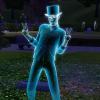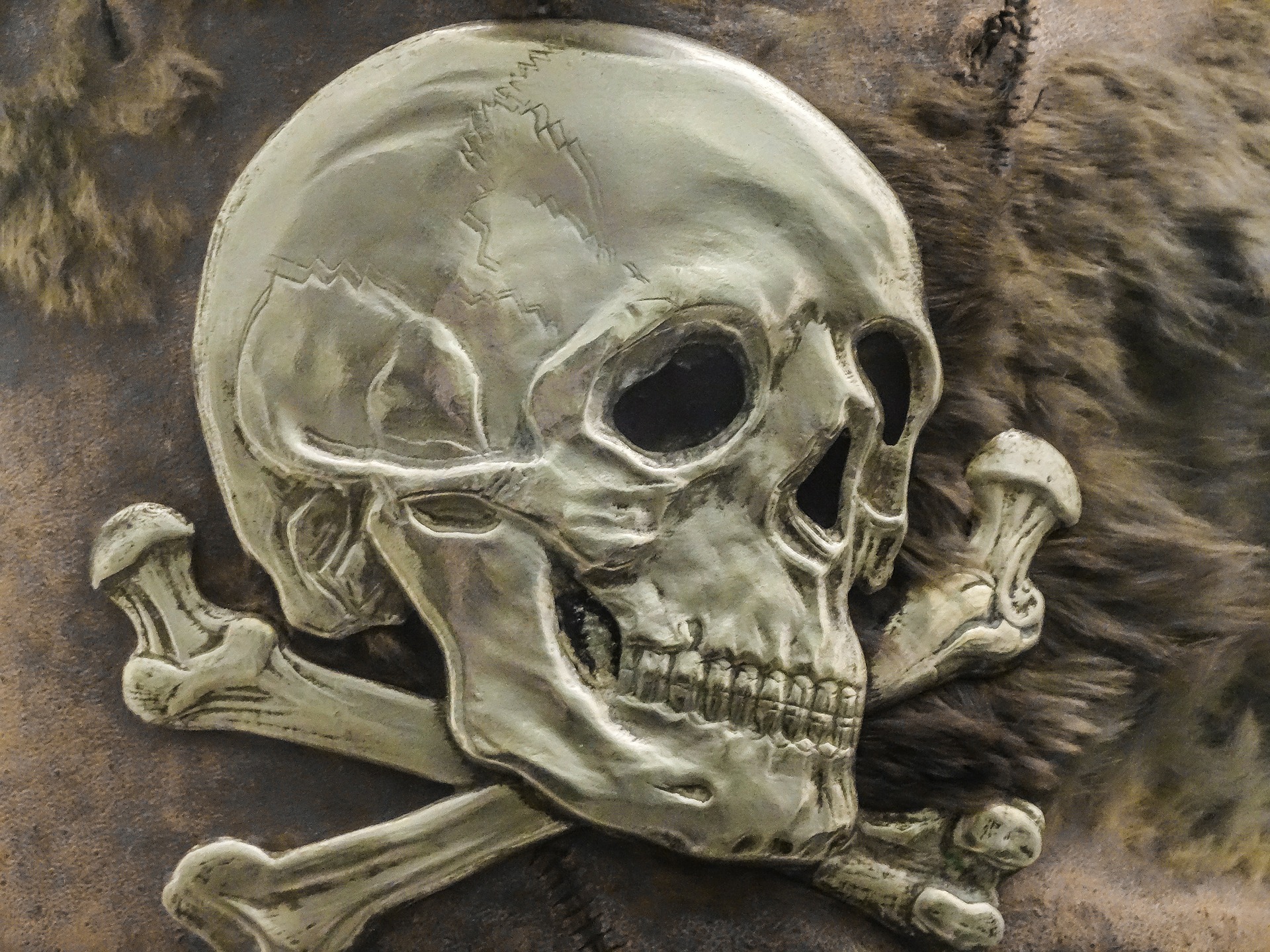 Submitted by Apparitionist on
Submitted by Apparitionist on

In the dark ages, the words “Black Death” could strike fear into any man or woman. Rich or poor, there was no escape. The name of the plague came from the black patches that appeared on the skin due to subcutaneous bleeding. Edinburgh was hit with its last bout of the plague in 1645, probably arriving on a ship that had docked in Leith. Leith, at the time, was the place where all the trading boats in the area docked. The disease probably traveled via fleas that inhabited black rats, which thrived on the ships and in the cities. Edinburgh had little or no sanitation at the time, and the people of old Edinburgh had no chance. Back then, people were God-fearing folk and didn’t understand what was causing the plague. Many believed it was punishment from God for the sinful ways of their neighbors, while others believed people who followed a different religion had poisoned the wells, and still others thought that the position of the planets had caused the plague.
The worst-hit area of Edinburgh was a part of the Royal Mile called Mary King’s Close. The close took its name from a resident called Mary King, a widow and mother of four. Closes were named after prominent Edinburgh citizens, nearly always men. Historical documents show that Mary seems to have been a prominent businesswoman in the 1630s, and given the rarity of a close being named for a woman, she must have had a high standing in the town. The close must have been a busy and bustling part of Edinburgh, for when the plague hit, hundreds of residents died in Mary King’s Close alone.
People suffering from the plague were confined to their homes and would hang white sheets from the doors andwindows to warn away visitors. Victims were treated by the plague doctor, a terrifying sight because he wore a mask that covered his face completely, with a long, stylized beak filled with different herbs said to fight off the plague. Patients of the plague doctors underwent treatments. If they were treated right away, many patients survived, but the numbers of deaths were still staggering. In spite of the terror in which they were held, plague victims were treated humanely, and were brought food and water on a daily basis. There are modern myths about victims who were left to die or bricked up behind walls, but this is simply not true. It is true that some parts of town were quarantined, but it was not as dramatic as legend has it to be. Once again historical facts and hysteria are mixed up, with, sadly, the latter being more widely believed.
When the plague had passed and Mary King’s Close was reoccupied, tales began to spread that the dead were coming back to haunt the living and that victims of the plague were returning to torment those who had supposedly abandoned them to die. The “supernatural” reputation of Mary King’s Close was boosted enormously in 1685 when George Sinclair, a professor of mathematics and experimental philosophy at Glasgow University, published a book called Satan’s Invisible World Discovered. The book documented a variety of supernatural manifestations and was enormously popular. It was passed about the street by wives, and it attracted a large readership.
One of the tales concerned Mary King’s Close itself: the story of Mr. Thomas Coltheart, a respected law agent, and his wife. According to Sinclair, the couple moved into a house in Mary King’s Close and brought with them a maidservant who had heard about the haunting in the house from neighbours. Because of this idle gossip, themaidservant refused Mary King's close walkwayto live or work in the house, and she left. One Sunday afternoon, not long after the Colthearts moved in, Mrs. Coltheart was sitting and reading her Bible when an apparition of a grey-bearded old man’s head appeared in front of her. Understandably, she fainted. She came to just as her husband was returning home, and she told him what she had seen. He put it down as an over-active imagination and said that she shouldn’t be listening to the gossiping neighbors so much. Those words would come back to haunt Thomas Coltheart. That same night, as he lay in bed with his wife, the ghostly head appeared before them both. They prayed and prayed, but to no avail. As the night went on, the Colthearts were visited by more apparitions: a child and a ghostly arm that seemed to want to shake Mr. Coltheart’s hand. This was all too much for them, and Mr. Coltheart cried out to the ghostly arm, “ in the name of the living God, tell me why thou troubles my family? To my knowledge, I never wronged no man by killing or cheating, but have lived innocently in the world. If thou has received any wrong, if I can right thee, I shall do my utmost for thee, but trouble me no more.” Despite Mr. Colheart’s pleading, the ghosts of a dog and a cat came to join the other apparitions. Finally the Colthearts, terrified beyond belief, got down on their knees and begged for deliverance. The couple heard a loud and terrifying groan, and the apparitions disappeared. Amazingly, in spite of events that should have prompted anybody to leave, the Colthearts lived out the remainder of their days in that house and were never bothered by apparitions again. The next residents, however, an elderly couple who moved in after the Colthearts’ deaths, were not so lucky. One night they were visited by the floating head of the grey-bearded man, and they fled in fright, never to return.
After many years, Mary King’s Close was closed and all of its occupants moved on. Part of the close was demolished and the City Chambers erected where it had been. The gates of what remained of the close were chained up and the area abandoned for hundreds of years. Before the opening of The Real Mary King’s Close, which is owned by the city council, tours were available only by special request, and it was difficult to get in. In 1992, before the close was opened to the public, a psychic identified a cold spot in a corner in one of the old rooms. This Japanese psychic, Aiko Gibo, later claimed to see the image of a little girl, no more than 10 years old, who seemed to be distressed at the loss of her favorite doll and appeared to be searching for her parents. Was this little girl a victim of the plague and abandoned by her parents because they feared catching it, or could they simply not afforded treatment for the poor girl? After it was established that the girl had lost her toy, a simple doll was left for her, along with some sweets.
In 2003, the close was opened up fully to the public. It became one of the most visited places in Edinburgh and has appeared on episodes of TV’s Most Haunted and SyFy’s Ghost Hunters International. In 2008, Mary King’s Close hit the jackpot and the headlines when a photograph taken of a tour group by a new infrared static camera photographed a tall female form in the doorway of the reconstruction of Mary King’s residence. In another photograph by this new camera, a group of 12 nurses became a group of 13 when a little girl appeared in the front row.
The physical evidence for the haunting of Mary King’s Close is limited, as evidence for haunting always is. We can only wonder at whether the paranormal experiences people have reported there over the past few centuries are real. Is Mary King’s Close just a long-running publicity stunt, or is it really haunted by the tragic and ill-treated plague victims of long ago? Are they just making a profit on old tales from the same superstitious people who believed a disease could be controlled by planets, or does Mary King’s Close really deserve the nickname of ‘Satan’s Invisible World’?
Linzi Bootman
http://paranormal-association.com/tales-from-mary-kings-close/
Originally printed on Paranormal Association
Linzi Bootman is a paranormal enthusiast, she enjoys hunting for ghosts in her spare time. Enjoys research and is a self proclaimed geek. Please feel free to contact her at http://[email protected]
- 634 reads